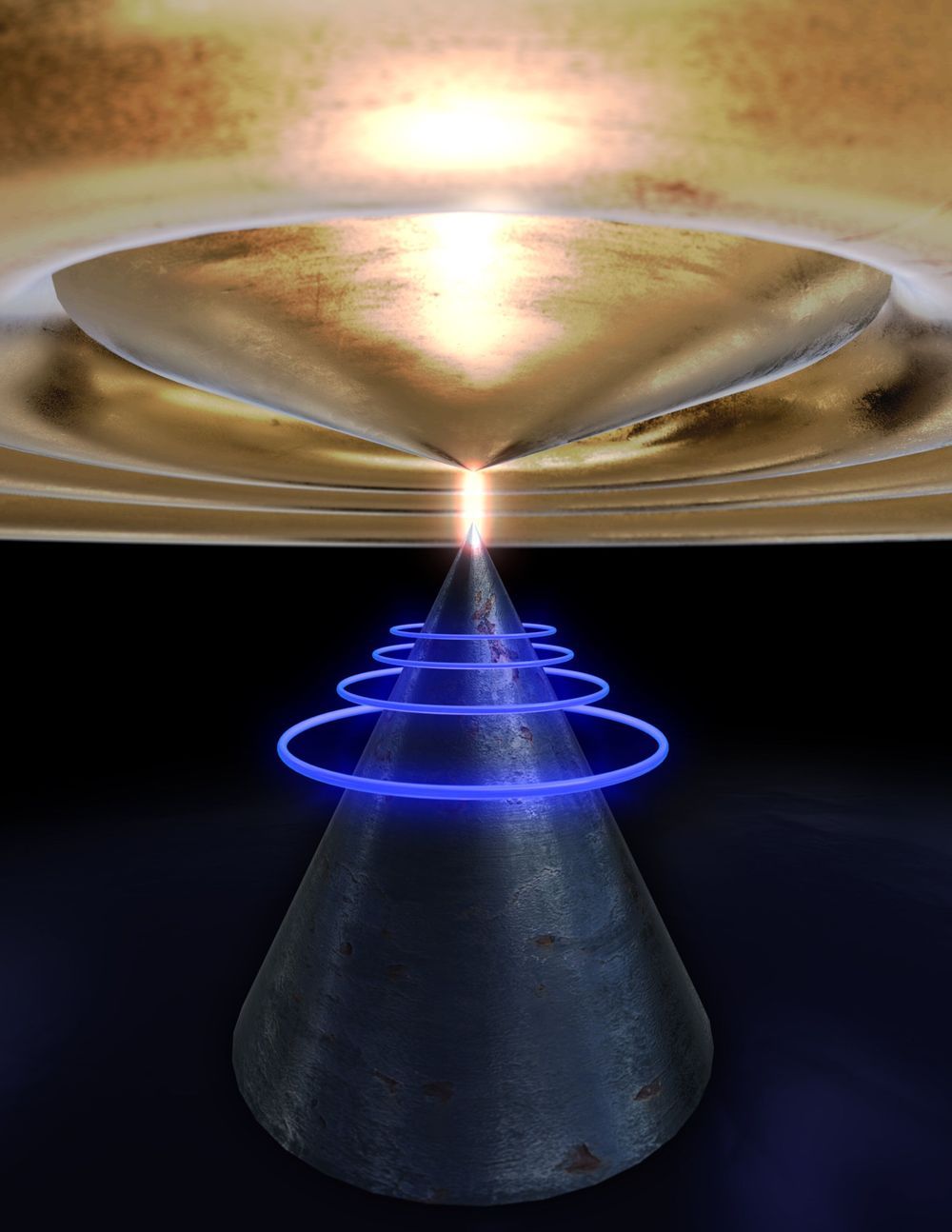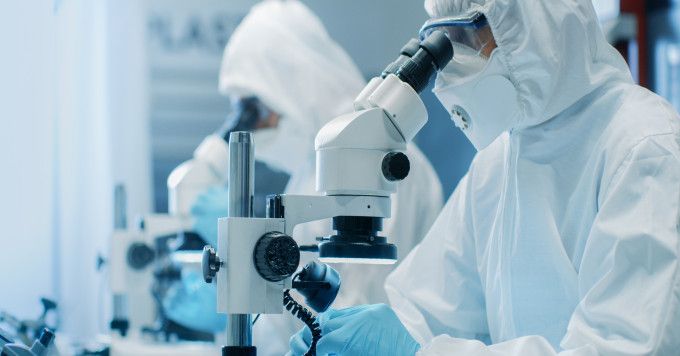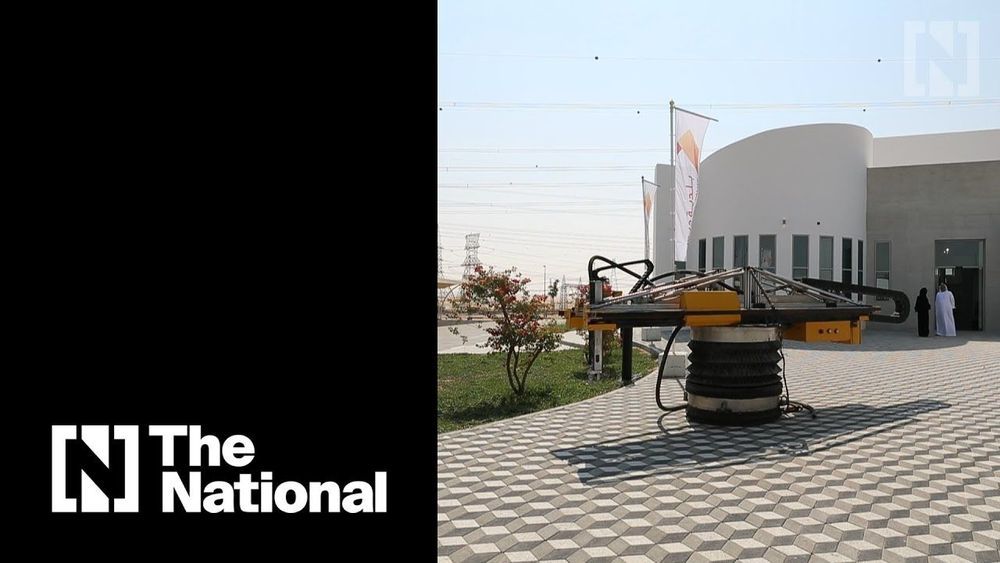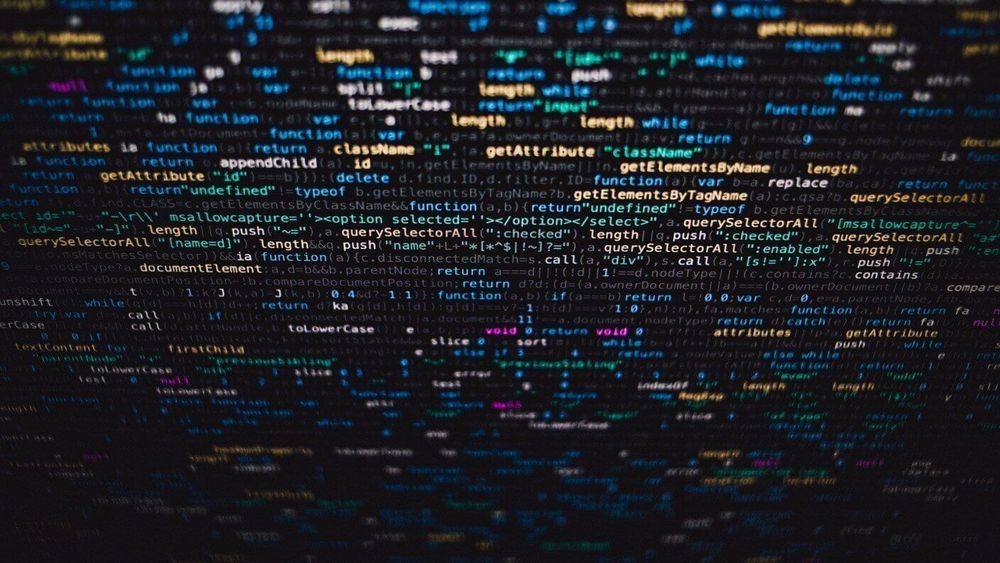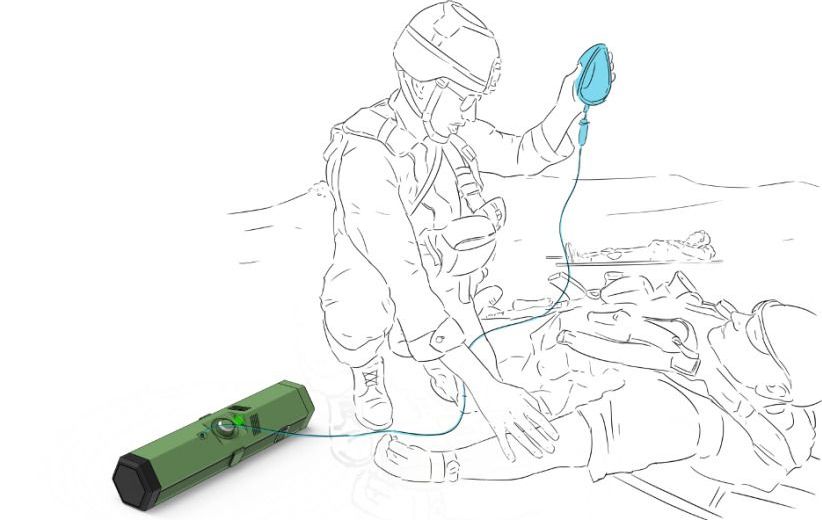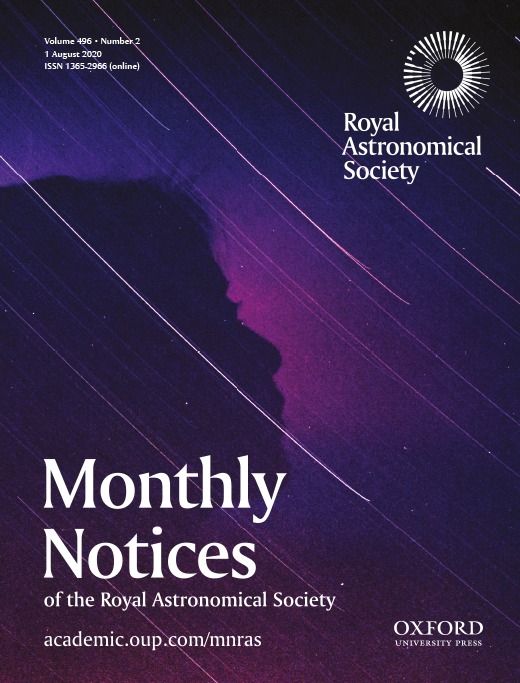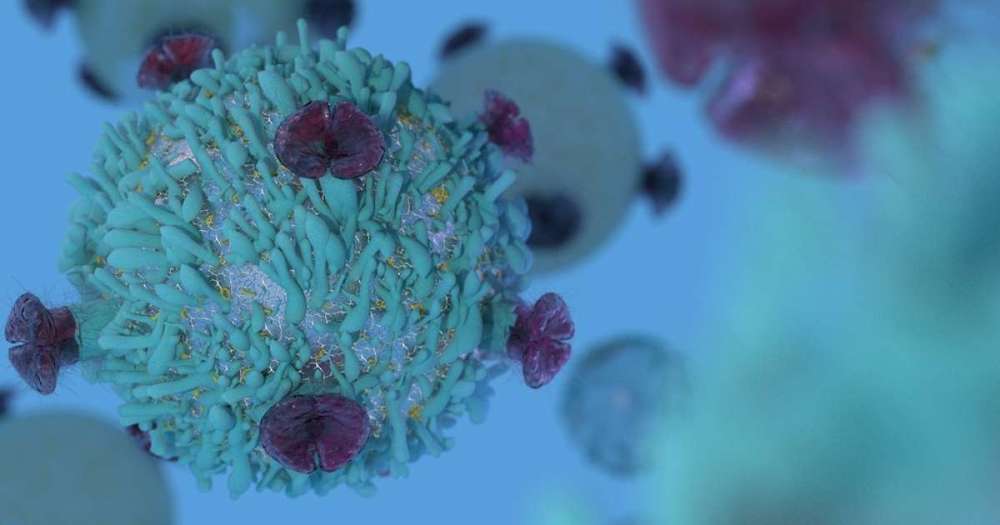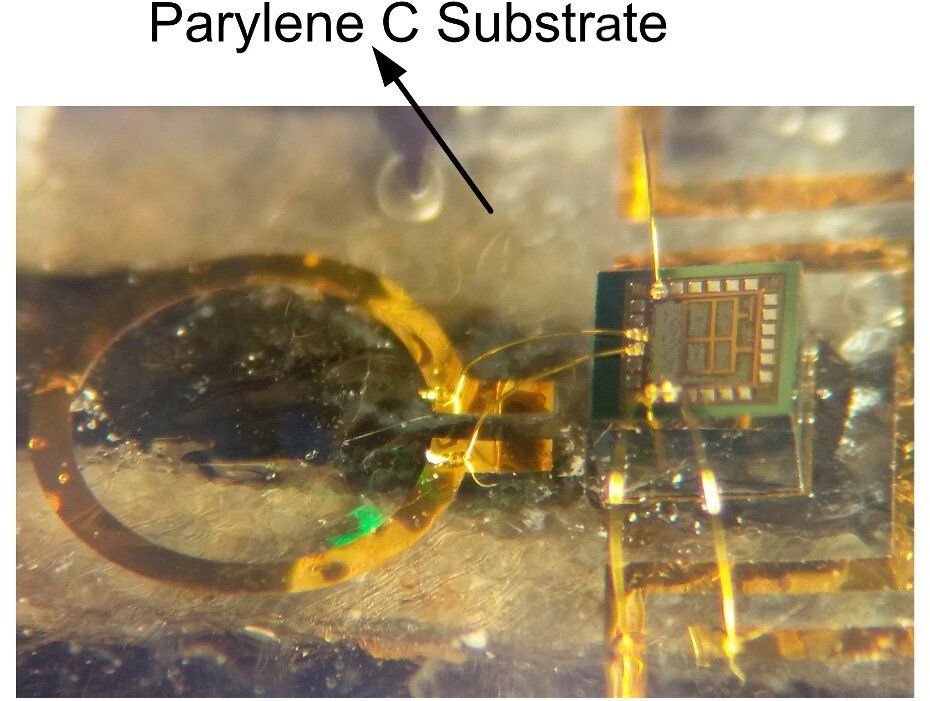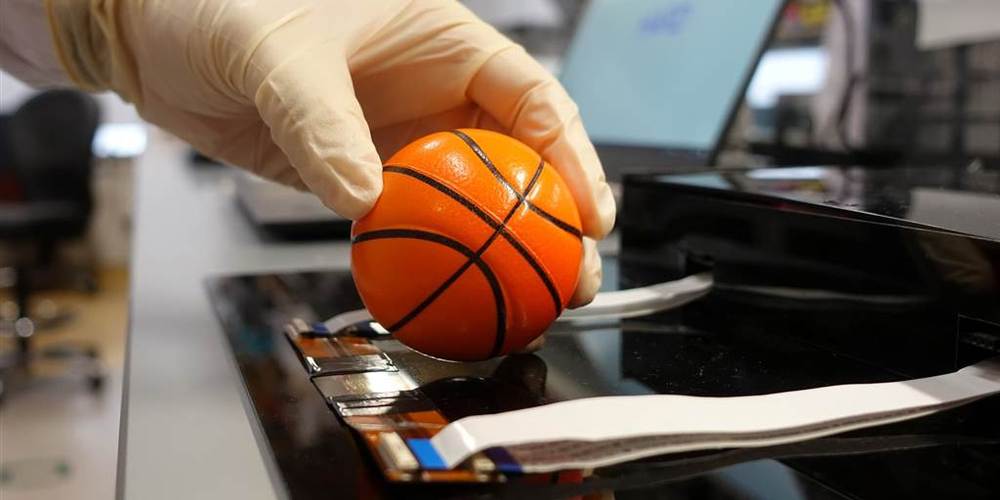Aug 4, 2020
Casimir force used to control and manipulate objects
Posted by Quinn Sena in categories: computing, mathematics, quantum physics
A collaboration between researchers from the University of Western Australia and the University of California Merced has provided a new way to measure tiny forces and use them to control objects.
The research, published today in Nature Physics, was jointly led by Professor Michael Tobar, from UWA’s School of Physics, Mathematics and Computing and Chief Investigator at the Australian Research Council Centre of Excellence for Engineered Quantum Systems and Dr. Jacob Pate from the University of Merced.
Professor Tobar said that the result is a new way to manipulate and control macroscopic objects in a non-contacting way, allowing enhanced sensitivity without adding loss.
